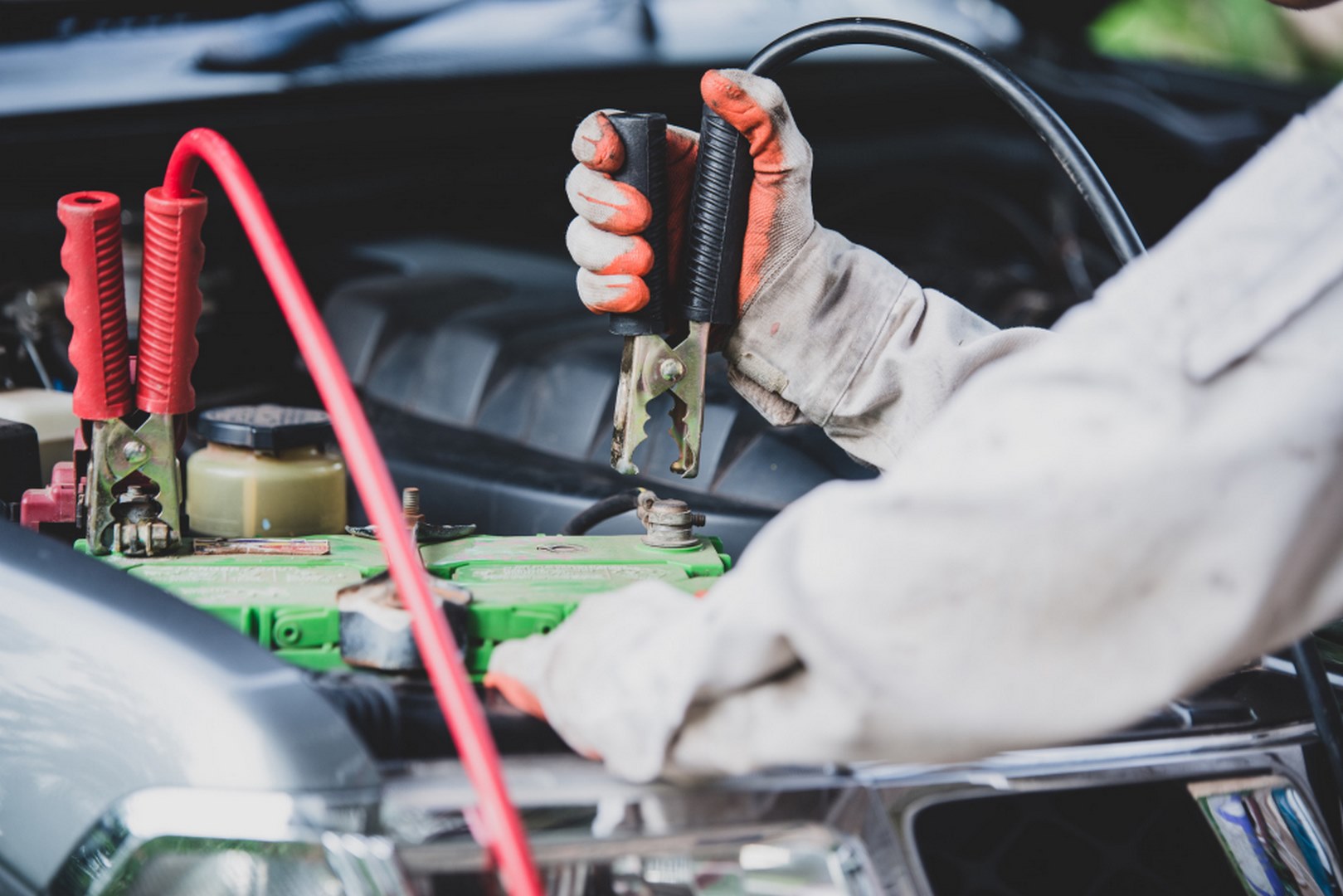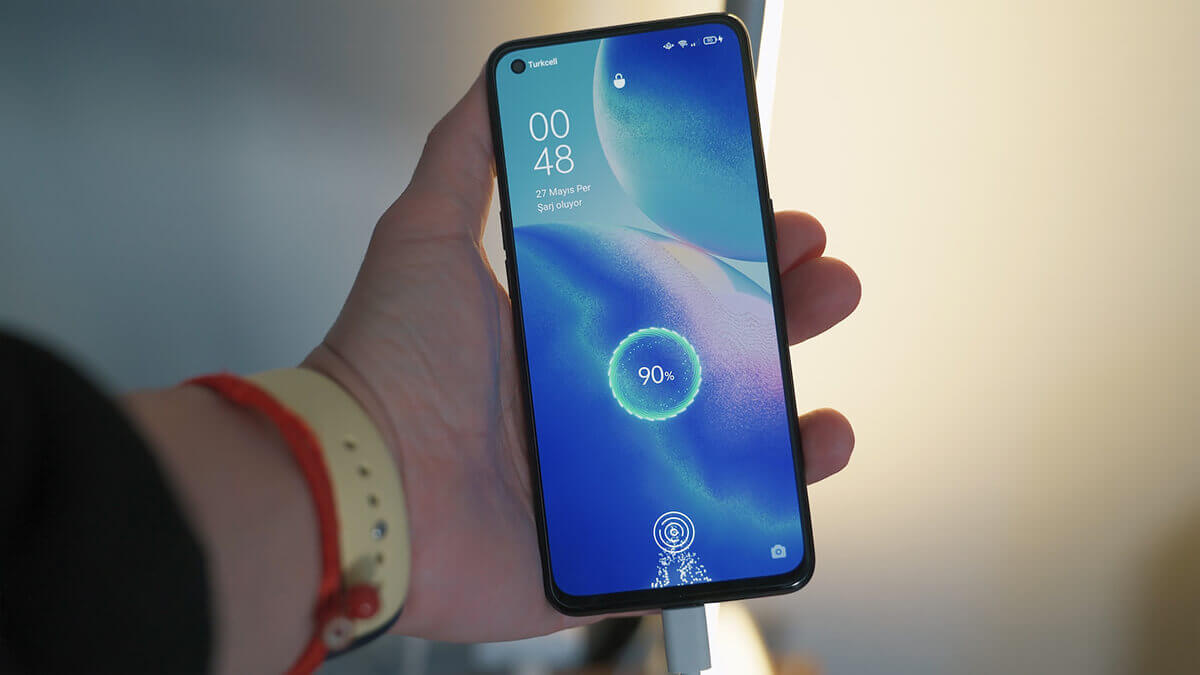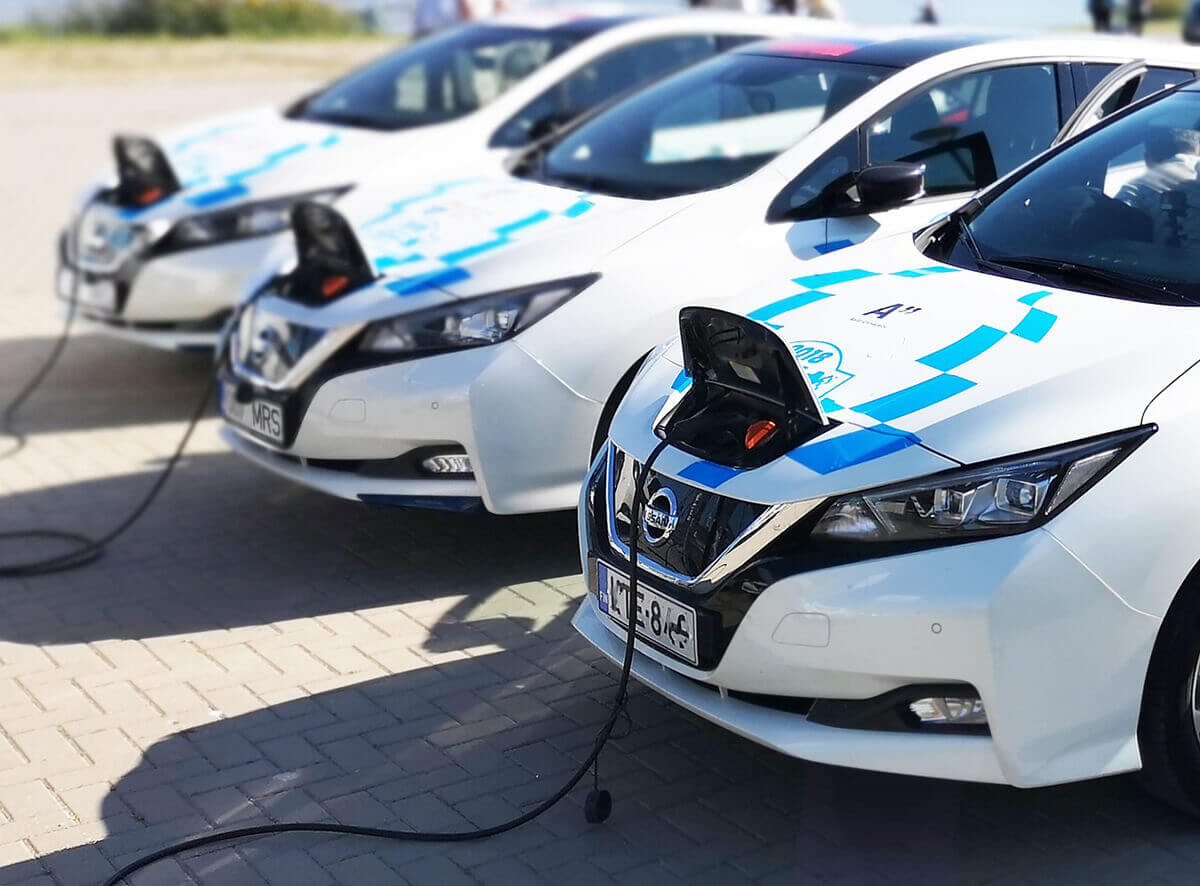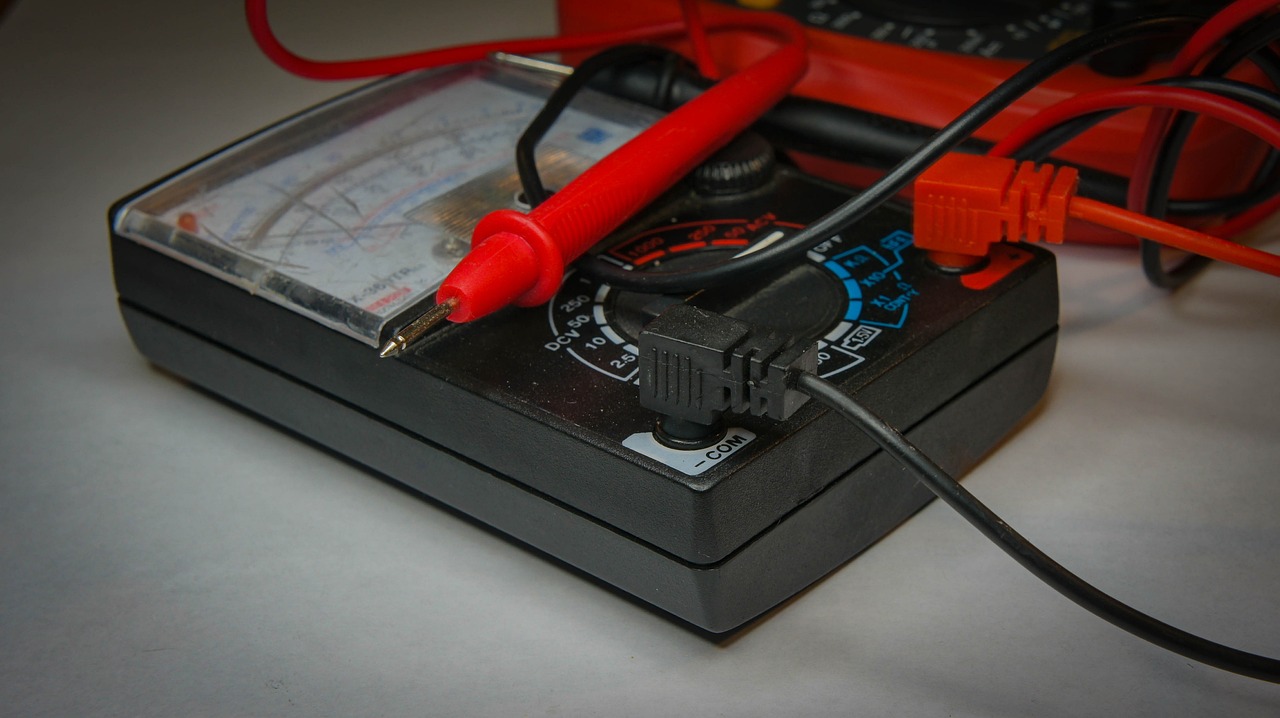Lifepo4 Battery Maintenance: Essential Tips for Longevity

Lithium iron phosphate (LiFePO4) batteries are an increasingly popular choice for powering a variety of consumer electronics and applications. They are known for their high energy density, lightweight, and long cycle life.
However, proper maintenance is essential in order to ensure the longevity of LiFePO4 batteries. This article provides essential tips on how to maintain and use LiFePO4 batteries in order to maximize their performance and extend their lifespan.
It is important to recognize that even though LiFePO4 batteries offer several advantages over other battery technologies, there are some key considerations when it comes to charging, storing, using and replacing them. By following these guidelines one can ensure that the battery will remain safe during its lifetime while also optimizing its performance.
In this article, we discuss topics such as charging protocols, storage conditions, safety precautions as well as balancing techniques that can help extend the life of your LiFePO4 battery.
Key Takeaways:
- Proper maintenance and use are essential for maximizing LiFePO4 battery longevity.
- Charging techniques and selecting appropriate chargers are critical for optimal charging performance and safety.
- Proper storage, avoiding over-discharging, and monitoring voltage levels are crucial for maintaining longevity and performance.
- Seeking professional assistance during installation and regularly checking for signs of wear and tear can prevent potential safety risks and degradation.
Lifepo4 Battery Charging and Discharging
This subtopic delves into the proper charging techniques for LiFePO4 batteries, which are critical for ensuring their longevity. In particular, it covers how to charge your battery like a pro and what charger to use for optimal results.
Additionally, the discussion addresses the potential issue of over-discharging, which can harm your battery's performance and lifespan if not handled correctly. By following these essential tips, you can maintain your LiFePO4 battery effectively and get the most out of its performance.
How to Charge Your Lifepo4 Battery?

To ensure optimal performance and longevity of your Lifepo4 battery, it is crucial to understand the proper charging techniques. Here are some essential tips on how to charge your Lifepo4 battery like a pro:
- Use a charger specifically designed for Lifepo4 batteries: Using a charger that is not compatible with your battery can damage it or reduce its performance.
- Charge at room temperature: Charging at extreme temperatures (above 40°C or below 0°C) can cause permanent damage to the battery.
- Avoid overcharging: Overcharging can reduce the lifespan and safety of your Lifepo4 battery. Once it reaches full charge, disconnect it from the charger immediately.
- Use a balanced charger: A balanced charger ensures that each cell in the battery charges equally, which improves its overall performance and lifespan.
- Don't store your battery while fully charged or empty: Storing a fully charged or empty Lifepo4 battery for an extended period can damage its cells.
By following these tips, you can maximize the lifespan and performance of your Lifepo4 battery while ensuring its safety. Remember that proper lifepo4 battery care extends beyond charging; adequate storage and maintenance are also crucial factors for optimal performance.
What Charger for Lifepo4 Battery?

Selecting the appropriate charger for your Lifepo4 battery is crucial to ensure optimal charging performance and safety. There are several types of chargers available in the market, including constant current chargers, constant voltage chargers, and pulse chargers.
It is essential to choose a charger that matches the specifications of your Lifepo4 battery and provides an adequate amount of power output without overcharging or undercharging it. When selecting a charger for your Lifepo4 battery, consider its capacity, voltage range, charging time, and safety features.
A high-quality charger will have built-in safety mechanisms such as overcharge protection, short-circuit protection, and temperature control to prevent any damage to the battery while charging. Additionally, following proper lifepo4 battery maintenance practices such as avoiding deep discharges and storing it at optimal temperatures can help prolong its lifespan.
However, if you notice any significant decrease in performance or capacity after prolonged use or improper care, it may be time for a lifepo4 battery replacement to ensure continued safe operation.
Can the Lifepo4 Over Discharge?

Over-discharging can lead to irreversible damage and reduce the lifespan of a Lifepo4 battery. It is important to understand that over-discharging occurs when the battery voltage drops below its minimum safe level. This could be due to excessive discharge current, prolonged use without recharging or failure of the battery management system.
To prevent over-discharging, it is crucial to adhere to proper lifepo4 battery maintenance and use practices. When storing the battery for extended periods, ensure that it is charged at least 50% before storage in a cool and dry place.
Avoid leaving the battery unused for long periods as this could lead to self-discharge and eventual overdischarge. During use, avoid draining the battery completely as this can cause permanent damage. Instead, recharge before it reaches its minimum safe voltage level.
Additionally, using a suitable charger designed for Lifepo4 batteries can help prolong their lifespan while preventing over-discharge incidents. Overall, following these essential tips will ensure optimal performance and longevity of your Lifepo4 batteries while minimizing troubleshooting issues related to over-discharge events.
Lifepo4 Battery Storage
Storing your LiFePO4 battery properly is crucial in maintaining its longevity and performance. It is important to follow specific guidelines when storing the battery, such as keeping it in a cool and dry place with a moderate temperature range.
Additionally, during winter months, special precautions must be taken to ensure that the battery does not freeze or become damaged due to extreme temperatures.
How to store lifepo4 batteries?

Proper storage of lifepo4 batteries is crucial for maintaining their performance and longevity.
One of the first things to consider when storing a lifepo4 battery is the temperature. These batteries are sensitive to extreme temperatures, so it's important to keep them in a cool, dry place. Ideally, they should be stored at room temperature (around 20°C) with low humidity levels.
Another factor to consider when storing your lifepo4 battery is its charge level. It's best to store these batteries at around 50% charge level as this helps preserve their lifespan. If you plan on storing your battery for an extended period, it's recommended that you fully discharge it before putting it away.
Additionally, make sure to store your battery in a safe and secure location away from any flammable materials or sources of heat.
By following these best practices for lifepo4 battery storage and care, you can help ensure that your battery lasts longer and performs optimally over time.
What should we do with Lifepo4 Batteries in Winter?

Taking extra precautions with LiFePO4 batteries is crucial in winter, as if left unchecked, cold temperatures can freeze the lifepo4 batteries, severely damaging their performance. To ensure optimal battery performance during the cooler months, there are a few steps you should take:
- Charge level: If you plan on storing your Lifepo4 battery for an extended period during winter, you should charge it fully before storing it. This will help protect against damage caused by freezing temperatures and reduce strain on the battery's cells.
- Temperature control: If possible, try to store LiFePO4 batteries indoors in a temperature-controlled environment. Storing them in an area where temperatures do not dip below 0°C (32°F) is ideal for protecting against any potential damage caused by cold weather.
- Maintenance schedule: Regularly inspect and maintain your LiFePO4 batteries throughout winter to check for any signs of damage or degradation. Periodically test their capacity and replace components as needed to keep them performing optimally year-round.
By following these simple tips, users of LiFePO4 batteries can enjoy the reliable performance and extended longevity even during extreme cold weather conditions.
With proper maintenance and care, these powerful power sources can continue delivering clean energy for many years to come.
What Are Lifepo4 Batteries Used For?
LiFePO4 batteries are increasingly being used for solar energy solutions due to their light weight, durability and superior charging performance.
The use of LiFePO4 batteries in cars has several advantages compared to lead-acid or NiMH batteries including higher power density, longer cycle life and greater safety.
Furthermore, LiFePO4 batteries offer a much wider temperature range than alternative battery technologies making them suitable for a variety of applications.
Solar energy solutions

Utilizing LiFePO4 batteries in solar energy solutions is becoming a more popular option due to their benefits of high efficiency and long-term durability. This type of battery has been used extensively in off-grid homes, where the energy it stores can be used to power lighting, appliances, entertainment systems, and other electrical devices. For these applications, the LiFePO4 battery's capacity for deep discharge cycles and its ability to supply large amounts of power quickly is essential.
It also offers advantages over lead acid batteries by being much lighter in weight and having greater temperature tolerance. Additionally, LiFePO4 batteries are capable of higher charge/discharge rates than other types which makes them well suited for use in solar energy system applications such as charging an electric vehicle or powering a remote radio station.
The advantages that LiFePO4 batteries offer when compared with other types make them ideal for use in solar energy solutions. Their lightweight design makes them easier to install; they are less expensive than most other options; they require less maintenance since they are not susceptible to sulfation; and their longer cycle life means fewer replacement costs over time.
Furthermore, because LiFePO4 cells have lower internal resistance than lead acid counterparts they can provide more power output even at low temperatures—making them an ideal choice when implementing solar panel technologies in cold climates or locations with low light hours year-round.
LiFePO4 Battery in Car

Transitioning from the discussion of LiFePO4 batteries used for solar energy solutions to the benefits of using LiFePO4 batteries in cars, it is clear that this technology has a far-reaching impact. From powering renewable energy sources to providing efficient and reliable power for vehicles, LiFePO4 batteries have become an invaluable asset for many applications.
The benefits of a LiFePO4 battery in car are numerous:
- Longer lifespan - With estimated lifespans between 10 and 15 years, they outlast conventional lead-acid batteries by two to three times.
- Greater safety - These batteries use lithium iron phosphate cells which are less prone to explosions than other types of lithium cells used in some other types of rechargeable batteries.
- Higher performance - They are able to discharge large amounts of current quickly when needed while also being usable at lower temperatures than alternative batteries such as lead acid or nickel-metal hydride models.
- Lower weight - They weigh significantly less than traditional lead acid or nickel-metal hydride models making them ideal for vehicle owners who need portable power solutions without sacrificing performance or longevity.
In summary, the wide range of advantages offered by LiFePO4 battery technology make them ideal for powering vehicles while remaining reliable and safe due to their long lifespans and increased safety features compared to other rechargeable battery technologies on the market today.
Optimizing Performance

Optimizing performance is a key factor in maximizing the longevity of LiFePO4 batteries. To achieve optimal performance, it is important to ensure proper maintenance and use of these batteries over time. This includes monitoring charge levels, temperature regulation, and keeping the battery clean and free of damage or debris. By following these guidelines, users can maximize their battery's lifespan while minimizing issues such as reduced power output or permanent damage.
| Maintenance | Use |
|---|---|
| Monitor charge levels | Charge regularly and correctly |
| Temperature regulation | Avoid extreme temperatures (hot/cold) for prolonged periods |
| Keep battery clean and free of debris/damage | Keep the battery clean and free of debris/damage |
The most important aspect in ensuring peak performance from a LiFePO4 battery is proper charging habits.
It is essential that users only use chargers specifically designed for LiFePO4 batteries; using generic chargers could lead to serious damage due to incorrect voltage or amperage requirements.
Additionally, when charging the battery it is critical that users avoid both overcharging and undercharging as this can lead to permanent damage of cells within the battery pack due to imbalanced voltages between individual cells.
Users should also take care not to leave their LiFePO4 batteries discharged for extended periods as this too can cause premature cell death due to excessive sulfation build-up on plates inside the cells leading to an irreversible decrease in capacity over time.
Regularly checking the condition of your LiFePO4 batter will also help maintain peak performance by ensuring all connections are kept tight at all times.
Avoiding loose connections which may put extra strain on other components within your system leading to not only reduced power output but safety risks as well.
Keeping your LiFePO4 outside exposed temperatures should also be avoided where possible as extremes in either direction can negatively affect both service life expectancy and usable capacity output offering diminishing returns when used over long periods.
Additionally, long-term exposure to cold temperatures below 0°C may even permanently reduce capacity output from a fully charged state making them largely useless until replaced entirely with new ones altogether.
Ensuring Lifepo4 Battery Safety
Lithium Iron Phosphate (LiFePO4 or LFP) batteries have become increasingly popular due to their high energy density and long lifespans, but they can be dangerous if not handled properly.
It is important to understand the best practices for preventing fires and explosions caused by LiFePO4 batteries in order to ensure safety.
Preventing lifepo4 battery fires

Preventing potential Lifepo4 battery fires requires adherence to best practices and guidelines. First and foremost, it is important to handle the batteries with care during charging, storage, and transportation. Overcharging or undercharging the battery can lead to thermal runaway, which can cause a fire. It is recommended to use a charger specifically designed for Lifepo4 batteries and avoid using chargers that are not approved by the manufacturer.
Additionally, it is essential to monitor the temperature of the battery during charging as high temperatures can also lead to thermal runaway.
Proper storage of Lifepo4 batteries is also crucial in preventing fires. Batteries should be stored in cool and dry environments away from direct sunlight or heat sources. It is important to avoid storing them near flammable materials or liquids that could ignite in case of fire.
Regular inspection of the batteries for any physical damage such as dents, scratches, or leaks should also be done as damaged cells may increase the risk of fire hazards. In case of any issues with your Lifepo4 battery, seek professional help for troubleshooting instead of attempting DIY solutions that may worsen the situation.
By following these best practices for lifepo battery maintenance and care, you can ensure safe usage while prolonging its lifespan at the same time.
Can lifepo4 batteries really explode?

Exploding Lifepo4 batteries can pose a serious safety risk, but it is important to understand the circumstances and factors that contribute to these incidents. While rare, explosions can occur due to several reasons such as overcharging, overheating, physical damage or puncture, and manufacturing defects. It is crucial for users to adhere to proper lifepo4 battery maintenance and care practices to minimize the risk of such incidents.
Table: Factors Contributing to Lifepo4 Battery Explosions
| Factor | Description |
|---|---|
| Overcharging | Charging a battery beyond its capacity can cause excessive heat buildup leading to an explosion. |
| Overheating | High ambient temperatures or exposure to direct sunlight can cause the battery cells' internal temperature to rise beyond safe levels. |
| Physical Damage/Puncture | Damaged or punctured batteries may release flammable gases which could ignite resulting in an explosion. |
| Manufacturing Defects | Faulty production processes or substandard materials used during manufacturing could lead to defects that increase the likelihood of explosions. |
| Improper Storage/Charging | Storing a battery in high-temperature environments or using incompatible chargers could result in an unstable chemical reaction within the cells leading up to an explosion. |
To prevent explosions, users must ensure they follow recommended lifepo4 battery maintenance tips such as storing them at room temperature away from direct sunlight and humidity, not overcharging them by monitoring charging times closely, avoiding physical damage by handling them with care when installing into devices, using recommended charging equipment only and inspecting batteries regularly for any signs of wear or damage before use. These simple yet effective steps will help keep your lifepo4 batteries running safely for longer while minimizing the potential risks of accidents occurring due to negligence.
Avoiding High Temperatures

High temperatures can have a detrimental effect on the performance of lithium iron phosphate batteries, as evidenced by research showing that the best working temperature range of lifepo4 battery is -20℃-60℃, when this temperature range is exceeded, the battery capacity will drop significantly.
To ensure optimal performance and longevity of Lifepo4 batteries it is important to take steps to avoid high temperatures. This includes:
- Keeping the battery away from direct sunlight
- Ensuring proper ventilation around the battery and its surroundings
- Using a temperature-controlled charger when charging
- Avoiding prolonged exposure to extreme heat sources such as an open flame or hot air blower.
Research has also shown that operating at higher than recommended temperatures can lead to reduced cycle life, increased cell impedance, and decreased capacity due to permanent damage caused by thermal degradation. Such considerations are especially relevant in applications where the ambient temperature is likely to exceed 60°C.
For example, electric vehicles should be designed with special cooling systems for managing heat generated by the batteries during charging and discharging cycles.
When using Lifepo4 batteries, it is important to understand how temperature affects their performance as well as take steps to keep them within safe operating temperatures for maximum efficiency and longevity. The above tips will help protect your lifepo4 battery against high temperature-related damage while also ensuring optimal performance over its lifetime.
Maintaining Cleanliness
To ensure the proper functioning of electrical devices and avoid potential issues, it is important to regularly clean the components that make up these systems, including those of lithium-ion batteries such as removing dust or debris from their outer casings. Maintaining cleanliness is a crucial aspect of LiFePO4 battery maintenance. Neglecting this can lead to the accumulation of dirt and other particles on the surface of the battery cells and terminals which can create resistance between them. This in turn increases heat generation within the cell, leading to faster depletion and damage.
Here are five tips for maintaining cleanliness in your LiFePO4 batteries:
- Use a soft cloth or brush to remove dirt and debris from battery casings
- Avoid using water or any liquid on the battery casing
- Clean terminal connections with a wire brush or sandpaper if they appear corroded or dirty
- Ensure that there are no loose bits of metal or other conductive material near your batteries - they can easily cause short circuits which will damage your batteries.
- Regularly inspect your batteries for signs of damage such as cracks, bulges or leaks.
Keeping your LiFePO4 batteries clean is an essential aspect of ensuring their longevity. By following these simple cleaning tips you can prevent unwanted buildup that could potentially cause performance issues with your devices. Remember to always handle these sensitive power sources with care!
Checking Battery Voltage

One important aspect of ensuring the proper functioning of lithium-ion batteries is regularly checking their voltage levels. This is because lithium-ion batteries have a limited lifespan, and the capacity to hold a charge decreases over time. To extend the life of your battery, it is essential to monitor its voltage levels regularly.
The first step in monitoring your battery's voltage level is understanding how to read the readings on your device. Most devices come with a built-in voltmeter, which will display the current voltage level in volts (V). The ideal voltage range for a fully charged lifepo4 battery is between 3.6V and 4.2V. If your battery's voltage falls below this range, it may be time to recharge or replace it.
Then check the battery voltage while charging and during discharge and idle. This helps ensure it doesn't overcharge or discharge too quickly. Second it should also include a test to measure internal resistance, which helps determine if there are any issues with its performance.
In addition to monitoring the overall voltage level of your battery, it's also essential to pay attention to any sudden drops in voltage that occur during use. These sudden drops can indicate underlying issues with the battery or device, such as short circuits or damage to internal components.
Regularly checking for these fluctuations can help prevent permanent damage and ensure optimal performance from your lithium-ion battery over time.
Ensuring Compatibility
Ensuring compatibility with the Lifepo4 device is an important part of managing battery maintenance. To ensure optimal performance, the following should be taken into consideration:
- Battery Capacity: The capacity of a Lifepo4 battery must match or exceed that of the device it is powering. If the capacity of the battery is too low, it may not provide enough power to operate the device efficiently and could lead to premature failure.
- Voltage Rating: It is essential to make sure that the voltage rating of the battery matches that of the device it is powering. A mismatch in voltage ratings can result in damage to both components and reduced efficiency due to insufficient power supply.
- Size Compatibility: The size and shape of a Lifepo4 battery must match those of its intended application for optimal performance and safety purposes. A mismatch between sizes can lead to inefficient operation or even physical damage due to inadequate fitment within the housing/enclosure within which it operates.
It is also important to consider other factors such as temperature rating, cycle life, aging rate, charge/discharge rate, etc. when determining compatibility between a Lifepo4 battery and its intended application for optimum performance and longevity without compromising safety considerations. Understanding these variables will help ensure that any chosen solution meets all requirements without exceeding them unnecessarily in terms of cost or complexity while keeping reliability at the highest levels possible throughout its lifetime service period.
How to Balance Lifepo4 Batteries?
Balancing Lifepo4 batteries is key to achieving maximum battery life and performance. The process of balancing helps to equalize the voltage among all cells in a single battery pack, reducing the chance of premature failure due to over-voltage or under-voltage.
When one cell in a battery pack becomes overcharged, it can cause damage to other cells in the pack, leading to decreased performance and a shortening of the overall lifespan of the battery.
To balance your Lifepo4 batteries, you will need a balancing charger or a dedicated balancer. A balancing charger is an advanced type of charger that monitors each cell's voltage level individually and ensures that they are all charged equally. On the other hand, a dedicated balancer is an external device that connects directly to your battery pack's balance lead and balances each cell's voltage level.
| Benefits | Drawbacks |
|---|---|
| Increased life expectancy | Additional cost for charger/balancer |
| Improved performance and safety | Time-consuming process |
| Increased charge capacity for storage and use | Difficult to monitor manually in large packs |
Overall, proper maintenance including regularly checking cell voltages and balancing when necessary will help extend the lifespan of any Lifepo4 battery while ensuring top performance from your device. It is important to take into consideration not only the cost but also convenience when deciding whether manual or automatic balancing would best suit your needs.
Replacing Your LiFePO4 Battery

Replacing the LiFePO4 battery can be a costly endeavor, with the average cost of a replacement battery ranging from $500 to $1000 depending on the size and capacity of the battery. But it is an important step toward maintaining the optimal performance of the device.
The battery should be inspected regularly for any signs of damage, wear and tear, or degradation. If the battery has been damaged or degraded beyond repair, it must be replaced with a new one in order to restore its initial voltage and capacity.
Replacement batteries should come from a reputable manufacturer, as counterfeit batteries can have lower capacity and shorter lifespans than genuine ones. When replacing a LiFePO4 battery, it is important to follow safety precautions such as wearing protective gear and disconnecting any power sources before beginning work on the device.
Additionally, the terminals of both the old and new batteries must be securely connected in order to ensure proper electrical contact between them. It is also essential to ensure that all connections are properly insulated against any potential short circuits or fire hazards.
Finally, after replacing the LiFePO4 battery it is important to check its voltage level using a multimeter or voltmeter in order to make sure that there are no issues with its functioning before re-installing it into the device. Additionally, if possible it is recommended to fully charge the new battery before use in order to maximize its lifespan and performance over time.
Taking these steps will help guarantee that your device runs smoothly with minimal disruption for many years down the line.
Frequently Asked Questions
What type of charger should I use for my LiFePO4 battery?
A reliable charger is essential for keeping your battery in prime condition. Skillfully crafted, it should charge with precision and accuracy to ensure longevity. Like a trusted companion, it will stand by you through thick and thin, all the while sustaining optimal performance. Investing in a quality power supply will guarantee sustained satisfaction.
Is there a risk of overcharging my LiFePO4 battery?
Yes, there is a risk of overcharging a lithium ion (Li-ion) battery such as the Lifepo4. Overcharging can lead to damage or even destruction of the battery, reducing its lifespan and potentially causing safety issues.
How often should I check the voltage of my LiFePO4 battery?
Symbolic of longevity, checking the voltage of a Lifepo4 battery should be done regularly to ensure performance. Analyzing current readings can help identify potential issues before they become a problem and allow for preventive maintenance. Detailed knowledge of how often to check is key to maintaining optimal battery health and providing freedom from worry.
How do I know when it is time to replace my LiFePO4 battery?
When a LiFePO4 battery no longer holds a charge, fails to recharge, or exhibits signs of physical damage, it is likely time to replace it. Testing the battery's capacity and cycling can help determine if a replacement is needed.
What type of environment should I store my LiFePO4 battery in?
Provocative yet informative, the ideal environment to store your battery is cool, dry and out of direct sunlight. Avoid extreme temperatures and moisture as these can cause corrosion, leading to premature failure. Take care to avoid potential hazards such as dust or flammable materials. With a little thought and attention, you can ensure your battery lasts for years.
Conclusion
The use and maintenance of a LiFePO4 battery is an important part of ensuring optimal performance, safety, and longevity.
LiFePO4 batteries require careful monitoring for voltage levels, as well as compatibility with the device it is powering.
Furthermore, proper storage and charging practices must be put in place to ensure maximum battery life.
Balancing lifepo4 batteries can also help maximize their lifespan.
Ultimately, when used correctly and safely, LiFePO4 batteries can provide reliable power for many years to come.
